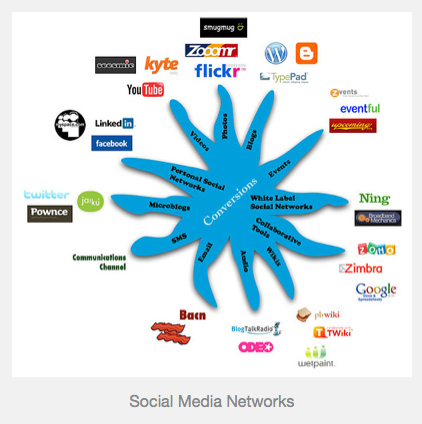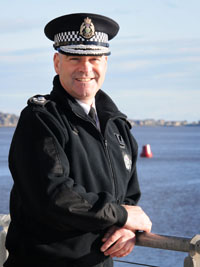In November 2009 I posted about Police using Social media, or rather not using social media. At the time I wrote it you were more likely to see Gordon Brown performing a stand up comedy routine than you were to see a police officer on twitter.
Since that time, we have made some good progress. There are many more forces now engaged and actively participating, and lights seem to be coming on all over the place. I am regularly e-mailed by officers asking for advice on Social Media use, and encourage as many as I can to come on board. Since taking up my new job at Wolverhampton I am encouraging my officers to get involved and take the social media plunge.
I wrote the post to encourage officers to use social media to talk to and engage with the public in a different way. We will of course always make most of our contact face to face, but we cannot afford to ignore the booming social media landscape. Engaging with the public remains an excellent reason to use social media, but it is clear now that we need to be engaging for other reasons.
At protests recently, social media has been used to orchestrate and co-ordinate activity to good effect. Police have been caught on the back foot and are a long way behind the protesters. It is my view that until more police officers and senior leaders start to use the medium, we will not even begin to close the gap. You can’t expect to just turn up on the day and start successfully tweeting. Firstly nobody will be following you, so you will be merrily tweeting to yourself. Second, although it is not a difficult to use the sites, it is good to practice before you start.
Before I tweeted from the EDL protest last year, I set about speaking to people in Dudley in the weeks leading up to the event. When I tweeted on the day, I had a ready made group of local people who forwarded on my tweets, and who were able to help me reach more people.
I still encounter some limited abuse and negativity on Twitter, but the vast majority are really welcoming. On a number of occasions, people have spoken to me about real crimes I have been able to help them with, people regularly ask me for advice, which I happily give. I have been able to diffuse malicious community rumours, and offer clarity where there is confusion.
The one thing I regularly find myself having to deal with is the assertation that because I use twitter regularly, I am somehow neglecting my job, and spending all day looking at a computer screen. To any doubters out there let me offer some clarity;
I am a Superintendent in the Police. The budget for my area is around 40 million pounds. There are around 800 Police officers and staff working with me at Wolverhampton, looking to me for decisions and leadership. Last year I led and solved four murders….I am therefore actually capable of doing more than one thing at a time!
I am really encouraged by the progress we are making. I commend to anybody about to start tweeting PCSO Lee Haynes and PC Richard Stanley as excellent examples.
If you are a police officer or PCSO reading this, delay no longer. People want to talk to you, so make a start. If you are a member of the public frustrated at not being able to tweet your local officer, send an e-mail to your local Inspector asking them to get an officer tweeting. Refer them to me if they need any advice.
Thanks for reading, let me know what you think…
Mark is Chief Inspector for the West Midlands Police, UK; a police officer for 15 years mainly as a detective. He is now head of Press & PR for West Midlands. CI Payne was part of the “Police Who Tweet” panel, moderated by Lauri Stevens, at the 140 Characters Conference in London on Nov 17th. Chief Inspector Payne has started his own blog, where this article was also published. He tweets as @SuptPayneWMP and @wmpolice










